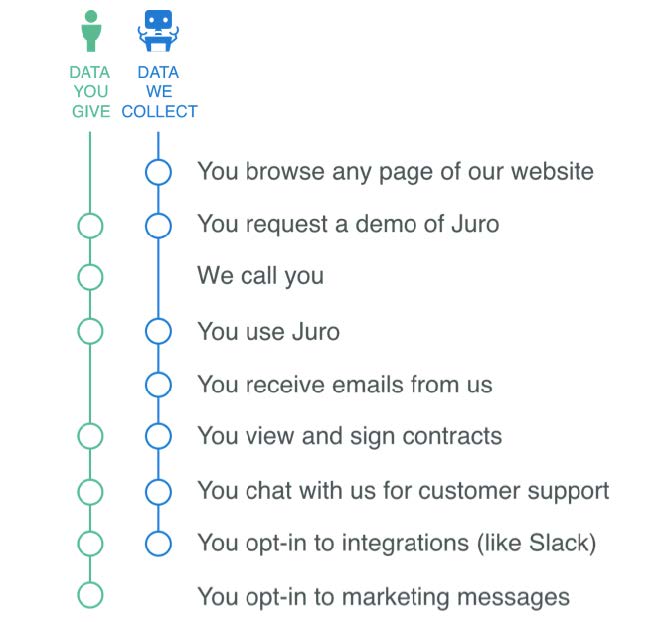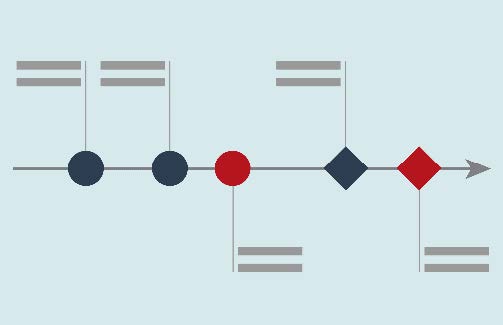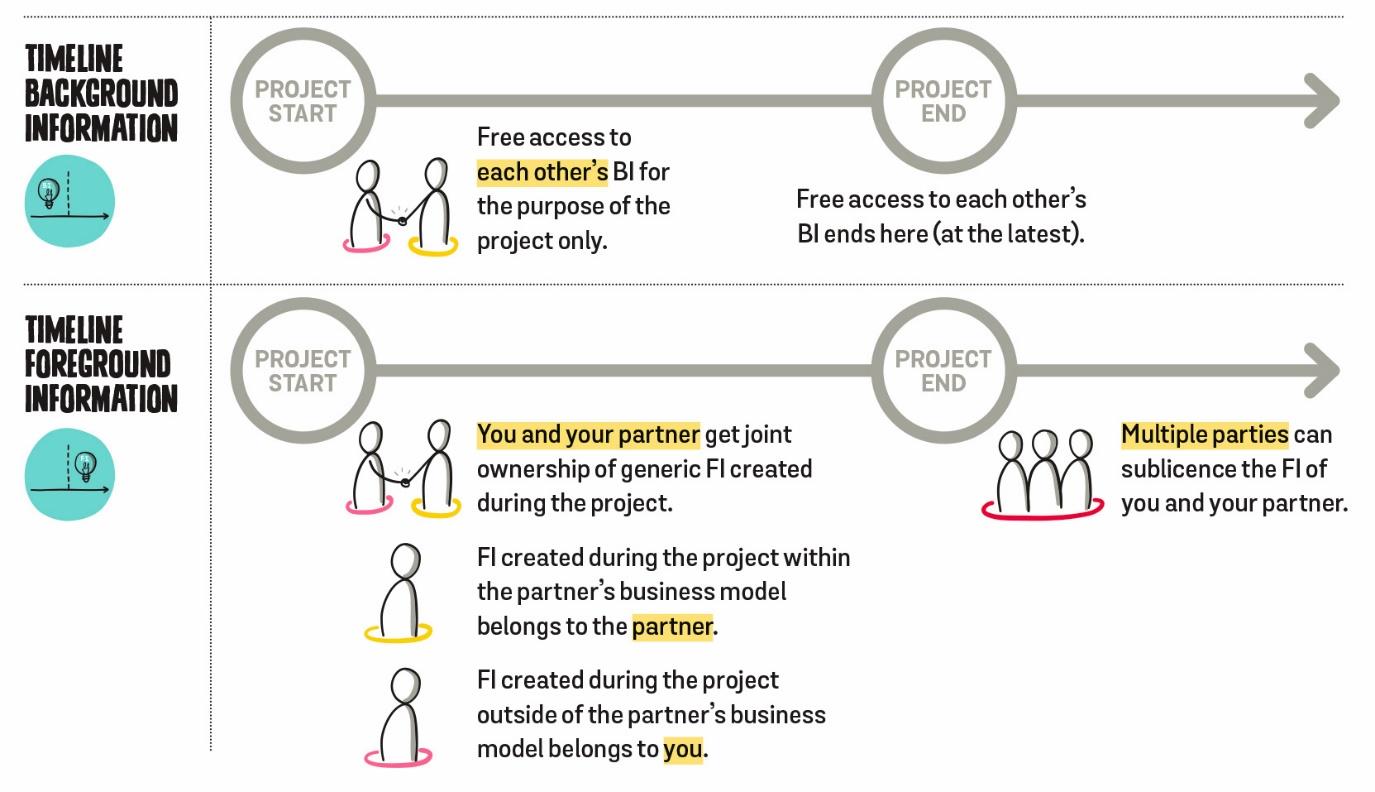A timeline, for me, was always from the left to the right. Until I saw Stefania Passera’s vertical timeline for Jura, to represent the GDPR Policy. The choice of having a vertical timeline was straight forward she said; a vertical timeline makes for an easy read fora mobile device user.
Source: https://stefaniapassera.com/portfolio/juro/

Copyright© 2017 Stefania Passera. Used with permission.
l love using timelines to present events, actions or deadlines in a chronological order as it can visually present a sequence better than plain text. The vertical timeline made me question about other ways to perceive time, particularly in business.

Copyright© IACCM Contract Design Pattern Library
“Americans see time passing without decisions being made or actions performed as having been “wasted.”Asians do not see time as racing away unutilized in a linear future, but coming around again in a circle, where the same opportunities, risks and dangers will represent themselves when people are so many days, weeks or months wiser.”
Source: https://www.businessinsider.com/how-different-cultures-understand-time-2014-5?international=true&r=US&IR=T
lf time is perceived by different people differently, how would that be reflected in contracts? Can we have non-linear timelines? Can a cyclic timeline bring more flexibility or understanding? Could we agree on cross-cultural timelines? How would they be designed?
One of the key principles of Legal Design Thinking is ’empathy’: observe your users and find out what they say, think, do and feel while they use your product or service. Using a timeline in your contract can support you to establish a sequence of events in the most practical form. lf you construct such a timeline together with your business partner/collaborator, in the process, you would already achieve an understanding about each side’s perception of time and how that will affect the common output/results. Your negotiations in terms of deadlines, delays and consequent penalties could change depending on this insight.
With more and more organizations and legal professionals adopting design thinking into practise, visual aids such as timelines can greatly evolve based on the needs and perceptions of the users. 1 for one, cannot wait to see timeliness that are far different from what l’ve always known them to be. I eagerly look forward to learning more about how different cultures can influence contrac designs and patterns. Have an interesting experience or idea about cultural influences on legal designs? Share them with us and we can learn together!
For interesting examples of timelines refer to the -updated – IACCM Contract Design Pattern Library designed by Stefania Passera and Helena Haapio.
Source: https://contract-design.iaccm.com
In the patterns library, you can also find an example of a timeline that represents lntellectual Property allocations from our book ‘The lnnovation Matrix’. lt’s a bit ‘boring’ being bath horizontal and linear… lf you have an idea to visualize this differently, let us know!
Source: https://contract-design.iaccm.com/timeline?category%5B0%5D=visuals

Copyright© 2019 Deepika Jeyakodi, Mirjam Ros and BIS Publishers
Mirjam Ros
Author of ‘The lnnovation Matrix‘, BIS Publishers, Amsterdam, 2019, as written together with Deepika Jeyakodi